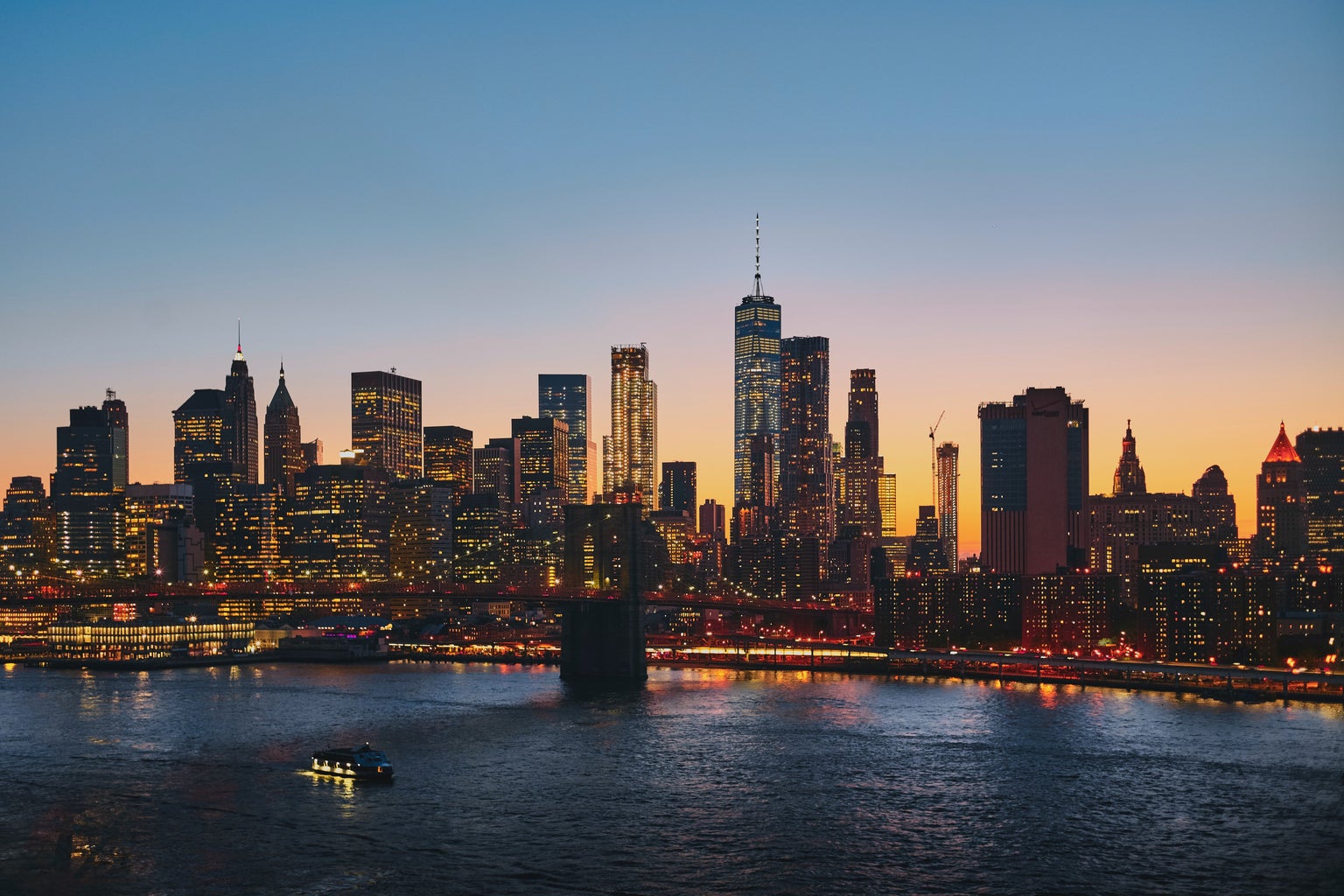The first time I ever rode on a subway train was the first month I was in Boston for school last year. As far as public transportation goes, I had only been on a few buses or ferries as a tourist, but after using the subway, or the T as it’s called here, I’ve been converted to the convenience and wonder of the subway.
Before starting college, I had only lived on the West Coast where public transportation is only recently improving and being invested in. On top of that, I’ve only ever lived in suburban towns where the norm is to get your driver’s license at 16 and drive everywhere. Sure, we have a bus, but it isn’t used very often, especially by the teenage/young adult population (though that could also be because a lot of people leave for college and do not often settle in suburban towns).
Since I didn’t take a car to school, nor would I want to drive in the city in the first place, anytime I leave campus I use the T. Is it confusing and overwhelming sometimes with the number of people stuffed inside each subway car? Yes, but it beats driving in the city tenfold. (Also, long T rides are perfect for listening to podcasts and all the albums you haven’t listened to yet)! I recently took a trip down to the Jamaica Plain neighborhood to check out a flea market and the surrounding shops and the 30-minute ride on the Orange Line was amazingly convenient. The T gives you access to so much of the Greater Boston area, going farther north and south than I realized at first. For the sake of exploring a city with rich history and many neighborhoods, taking the T to visit each one is a must on the list of places to go.
At 390 years old, Boston is home to the nation’s first subway, but there are improvements and investments that need to be made not only into this city’s system but in public transportation across the country. In Boston, there are constant improvement projects in the works by the Massachusetts Bay Transportation Authority to improve the T—from the $8 billion transformation of the Red Line to the Green Line extension into Sommerville and Medford.
On the West Coast especially, there is at least a bus system available in most cities and some places have more. In western Washington, the ferry is some people’s main mode of transportation from the islands in the Puget Sound into the larger cities of Seattle and Tacoma for work. However, there are places like Los Angeles, that have a historically less convenient system that doesn’t work as well because the city and suburbs are so spread out, as opposed to tight-knit cities like Boston and New York City (though the city and state are investing more into improvements).
Of course, there are improvements and negatives to public transportation, but the benefits outweigh them in the long run. Riding the bus or subway is more environmentally friendly, it can save you money and you get more physical activity in your day, according to a study by the Centers for Disease Control and Prevention. In a far-off future where people stop using non-electric cars or buying cars altogether for the purpose of being more environmentally friendly, public transportation would be the most useful and safe alternative. Hopefully, we get to that point soon.
While this topic is ongoing and ever-changing with people’s ridership patterns, the bottom line is that public transportation is a good investment that every city needs to make.
if you have the opportunity to choose to take the subway or bus to school instead, why not take the step off the platform into the train?
Want to keep up with HCBU? Make sure to like us on Facebook, follow us on Instagram, check out our Pinterest board, and read our latest Tweets!




